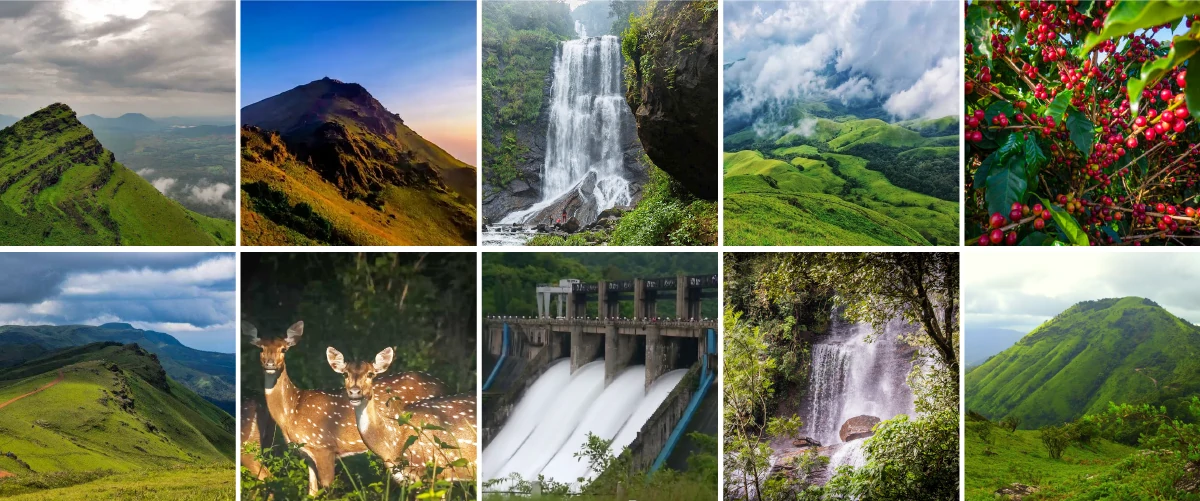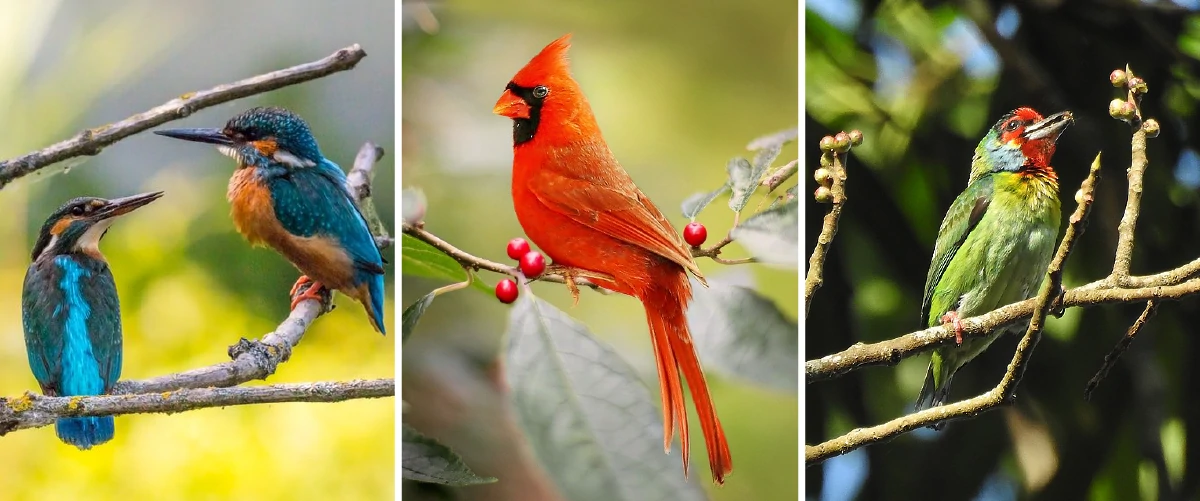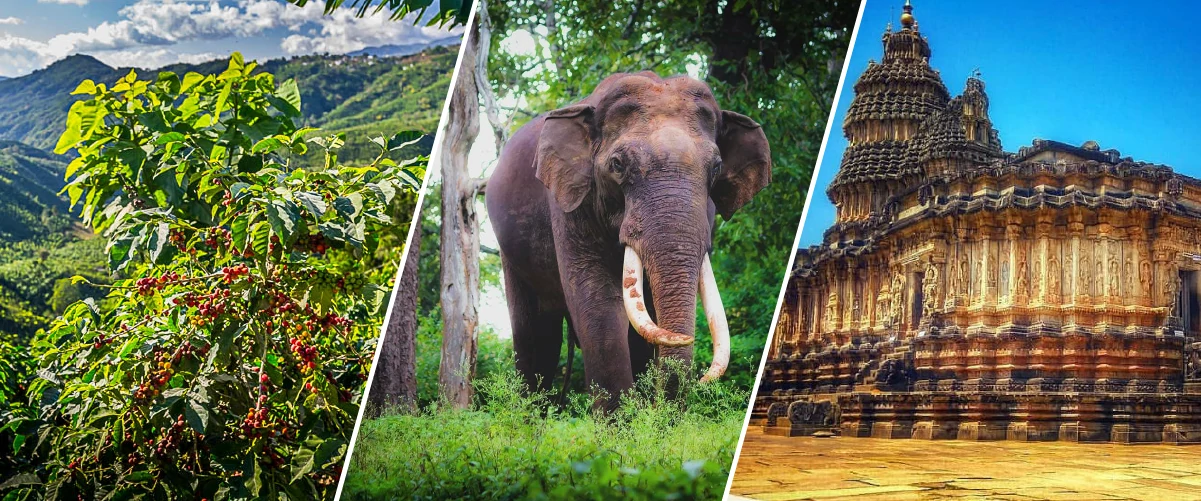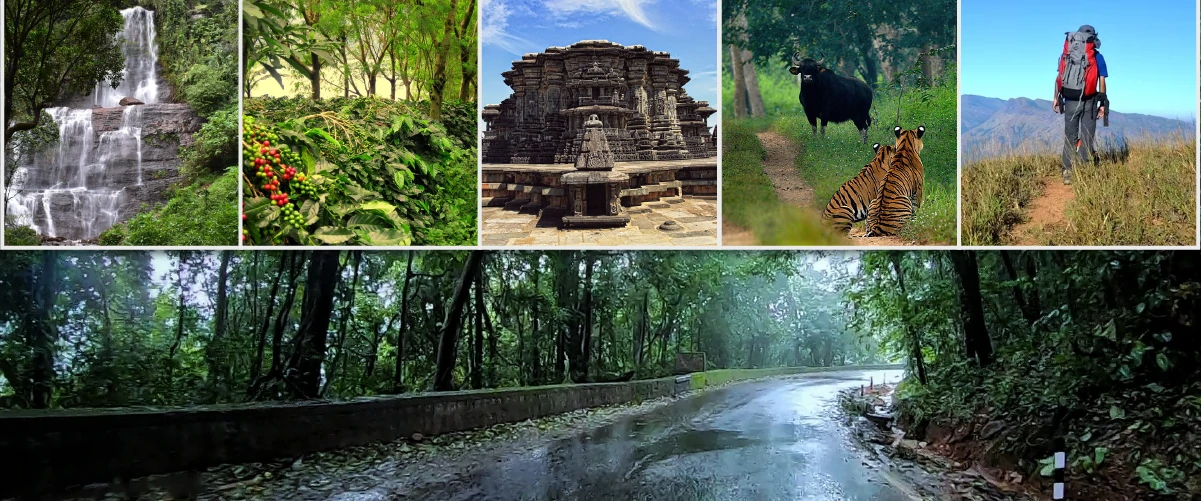Neelakurinji blooms in Chikmagalur
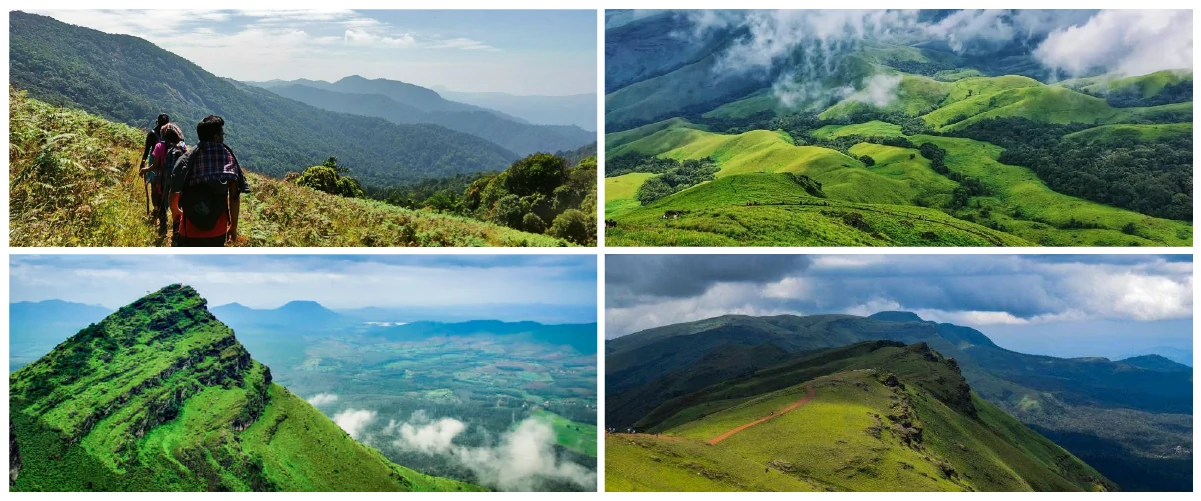
Once every 12 years, the hill sides of the Western Ghats are encompassed in splendid hues of purplish blue as that is when the legendary Neelakurinji flowers blossom. Mostly seen on the Nilgiri Hills, the hills even got its name from the flowers-neela meaning blue and kurinji referring to the flowers. Once utilized by tribals to estimate their age, the shrub’s botanical name is Strobilanthes kunthiana.
Complete hillsides are carpeted in Chikmagalur, a rarity for the region. These look spectacular in sunlight. This year was when this natural phenomenon last took place so it would be a good, long while before travelers should expect to see it again. Its beauty is so breathtaking that it is during this time every decade or so that visitors from all over the country stop by.
In the middle and towards the end of spring, late April and May is when the flowers bloom. The unpredictability of the seasons and the alterations in weather patterns are why there might be some changes in the months already mentioned.
Over the years, the blooming has become erratic and due to climate change, the blossoming of the flowers was delayed even this year. As they are wild forest flowers, the plantations have encroached upon so much of their natural habitat, although still catching glimpses of them on the hill sides is not that hard. To get a better view of the flowers in the wild, you might have to go to the periphery of the well-kept plantations.
Bees that pollinate are drawn to the flowers and this in-turn leads to extraction of a rare kind of honey. In India, 46 types of Neelakurinji have been identified. Among these varieties, not all of them take 12 years to flower with blooming cycles ranging from yearly to 16-yearly. Why so long? It is the pollination that takes a lot of time. It is called the survival mechanism of plants in botany.
Complete obliteration by predators and climate change are avoided because of the long pollination time. This is how the plant found a way to save itself. All over the world, there are 250 types. They are said to grow at an altitude of 1,300 to 2,400 meters.
In India, they are most often found in the South, primarily in the Western Ghats of Tamil Nadu, Kerala and Karnataka including Ooty and Munnar. Close to Mullayanagiri, the highest peak in Karnataka is where the blooms were spotted last year. The forest department has already been approached by environmentalists to restrict the number of visitors as too much foot traffic can damage the plants.
Poems and artworks from many artists have been inspired by the vibrant sea of blue on the hills. Its beauty in fast winds and amid the cover of mist has also been praised.
To conclude, L K Sumitra, the Kannada poet says that the Neelakurinji creates, “A blue blanket for all the peaks, blue embroidery for the green drapes, a blue flash that sways in the wind, a blue turban for all the hills.”
Contact us for more details!
Recent Posts

